Nowruz means New Day and it marks the start of the New Year. It usually occurs on March 21 or the previous/following day depending on where it is observed.
Nowruz is the celebration of spring—a new season which indicates the “rebirth of nature”. Preparations for Nowroz start several day beforehand. Spring cleaning or Khanah Takani (literally means ‘shaking the house’) or ‘complete cleaning of the house’ is commonly performed before Nowroz. In association with the “rebirth of nature”, extensive spring-cleaning is a national tradition observed by almost every household in Iran. This is also extended to personal attire, and it is customary to buy at least one set of new clothes.
On the Eve of Nawroz, families dine together. Sabzi (Spinach) is the traditional food cooked on this day, as it signifies the greenery of spring, symbolizing rebirth). On the New Year’s Day, families dress in their new clothes and visit one another in the form of short house visits, which are usually reciprocated.
Nowruz is officially recognized as a “National festival” and high-ranking officials participate in its celebration. Among various traditions and customs, the most important ones are as following:
- Guli Surkh festival : The Guli Surkh festival which literally means Red Flower Festival (referring to the red Tulipflowers) is the principal festival for Nowroz. It is celebrated in Mazari Sharif during the first 40 days of the year when the Tulip flowers grow in the green plains and over the hills surrounding the city. Mazari Sharif is basically the center of Nawroz celebrations in Afghanistan. People from all over the country travel to Mazari Sharif to attend the Nawroz festivals. Various activities and customs are performed during the Guli Surkh festival, including the Jahenda Bala event and Buzkashi games.
- Jahenda Bālā : Jaheda Bala is celebrated on the first day of the New Year (i.e. Nawroz), and is attended by high-ranking government officials such as the Vice-President, Ministers, and Provincial Governors. It is a specific religious ceremony performed in the Blue Mosque of Mazar that is believed (mostly by Sunnite Afghans) to be the site of the tomb of Ali ibn Abi Talib, the fourth caliph of Islam. The ceremony is performed by raising a special banner whose color configuration resembles Derafsh Kaviani. This is the biggest recorded Nowroz gathering where up to 200,000 people from all over Afghanistan get together in Mazar central park around blue mosque to celebrate the banner raising (Jahenda Bālā ) ceremony.
- Buzkashi: Along with other customs and celebrations, normally a Buzkashi tournament is held during the Guli Surkh festival in Mazaris Sharif, Kabul and other northern cities of Afghanistan.
- Haft Mēwa : In Afghanistan, people prepare Haft Mēwa (literally translates asSeven Fruits) instead of Haft Sin which is common in Iran. Haft Mewa is like a Fruit saladmade from 7 different Dried fruits, served in their own syrup. The 7 dried fruits are: Raisin,Senjed (the dried fruit of the oleaster tree), Pistachio, Hazelnut, Prune (dry fruit of Apricot),Walnut and whether Almond or another species of Plum fruit.
- Samanak: It is a special type of sweet dish made from Wheat germ, and is normally cooked or prepared on the eve of Nawroz or a few days before the Nawroz. Women take a special party for it during the night, and cook it from late in the evening till the daylight, singing a special song: Samanak dar Josh o mā Kafcha zanem – Degarān dar Khwāb o mā Dafcha zanem
- Special cuisines: People cook special types of dishes for Nowroz, especially on the eve of Nowroz. Normally they cook Sabzi Chalaw, a dish made from rice and spinach, separately. Moreover, the bakeries prepare a special type of cookie, called Kulcha-e Nowrozī, which is only baked for Nowroz. Another dish which is prepared mostly for the Nowroz days is Māhī wa Jelabī (Fried Fish and Jelabi) and it is the most often meal in picnics. In Afghanistan, it is a common custom among the affianced families that the fiancé’s family give presents to or prepare special dishes for the fiancée’s family on special occasions such as in the two Eids (Eid ul-Fitr and Eid al-Adha), Barā’at and in Nowroz. Hence, the special dish for Nowroz is Māhī wa Jelabī.
- Sightseeing to Cercis fields: The citizens of Kabul go to Istalif, Charikar or other green places around where the Cercis flowers grow. They go for picnic with their families during the first 2 weeks of New Year.
- Jashn-e Dehqān: Jashn-e Dehqan means The Festival of Farmers. It is celebrated in the first day of year, in which the farmers walk in the cities as a sign of encouragement for the agricultural productions. In recent years, this activity is being performed only in Kabul and other major cities, in which the mayor and other high governmental personalities participate for watching and observing.
- Kampirak: He is an old bearded man wearing colorful clothes with a long hat and rosary who symbolizes beneficence and the power of nature yielding the forces of winter. He and his retinue pass village by village distributing gathered charities among people and do his shows like reciting poems. The tradition is observed in central provinces speciallyBamyan and Daykundi.
Just as new bloom spreads fragrance and freshness around, May this new year add a new beauty and and freshness into every Afghan life.
Happy and a blessed Nowruz to all my dear Afghans.
LINK: https://www.ansarpress.com/english/1713




















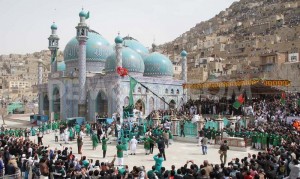
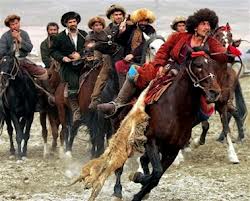
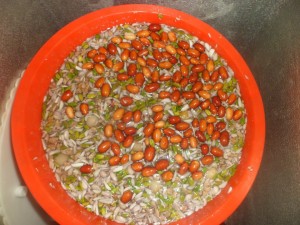
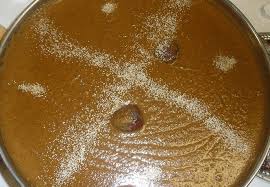
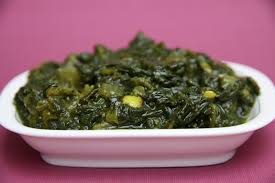
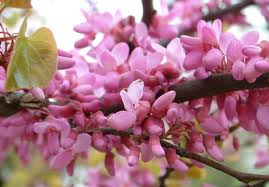











 Three women will host this years Oscars, while ratings continue to plummet
Three women will host this years Oscars, while ratings continue to plummet 




